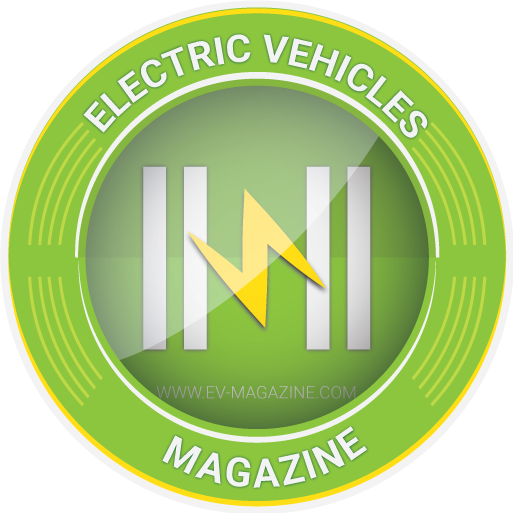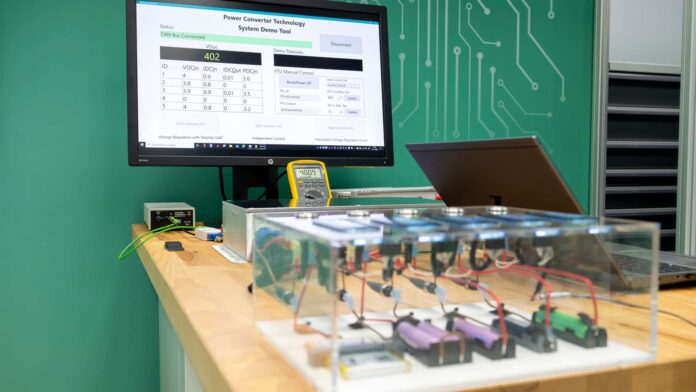- Mercedes is experimenting with multiple-chemistry battery packs that have more than one type of cell.
- A new type of micro-converter and hooking up the battery cells in parallel not in series makes this possible.
- This innovation will improve battery pack performance, modularity and space efficiency.
While the details surrounding the impressively efficient new electric CLA were the most important news we obtained while in Stuttgart last week, Mercedes-Benz also gave us a glimpse at what it’s cooking up for the future. Among the many innovations we were shown at the event called Mercedes Future Experience was a new type of power converter that allows for much more control over a battery pack than ever before.
Its programmable micro-converter can be wirelessly controlled and embedded into the battery pack and controlled wirelessly. This allows for control on an individual cell pair, allowing for much finer adjustment of the charge that goes into each one. For this system to work, the cells need to be connected in parallel, not in series, which unlocks new possibilities.
For instance, a vehicle with this system could balance the charge in its cells far better than today’s EVs. It could detect and isolate damaged cells without affecting the entire battery pack, and it would also allow for a much more accurate battery health check, which would easily be able to pinpoint problem cells and check their individual parameters.


This new type of micro-converter can also keep the total battery pack voltage constant regardless of the state of charge. It typically varies with the state of charge.
Mercedes explains that “research results show it is possible to provide a constant HV output of 800 volts, regardless of the state of charge and the state of health of the individual cells. The output voltage of this vehicle battery is no longer dependent on the number of cells connected in series. The number is determined purely by the desired performance and capacity class.”
If this makes it into production, it would also allow for much more modular battery packs than what we have in today’s EVs, resulting in more efficient use of space. It could help automakers cut costs by applying increased standardization and modularization when applied on a large scale.
During a round table talk with Mercedes’ Chief Technology Officer Markus Schäfer, we asked about the possibility of using multiple chemistries within the same battery pack, specifically both LFP and NMC cells. Schäfer told us “Yes, this is exactly the idea, to mix and match,” and he confirmed that the possibility of an LFP and NMC pack is in the cards. He did not say when we could see such a pack in a production car given that this innovation is still in the very early stages of testing.
LFP (short for lithium iron phosphate) batteries can better take regular fast charging all the way to 100%, exhibiting less degradation than NMC (nickel manganese cobalt) batteries. They also have better thermal stability and are more affordable. However, NMC batteries can store more current and are preferred for large-capacity battery packs that power long-range EVs. Having both in the same battery pack would have multiple advantages, taking advantage of both their strengths.
Source link by Battery Tech – News and Trends | InsideEVs
Author
#Mercedes #Battery #Packs #NMC #LFP #Cells




